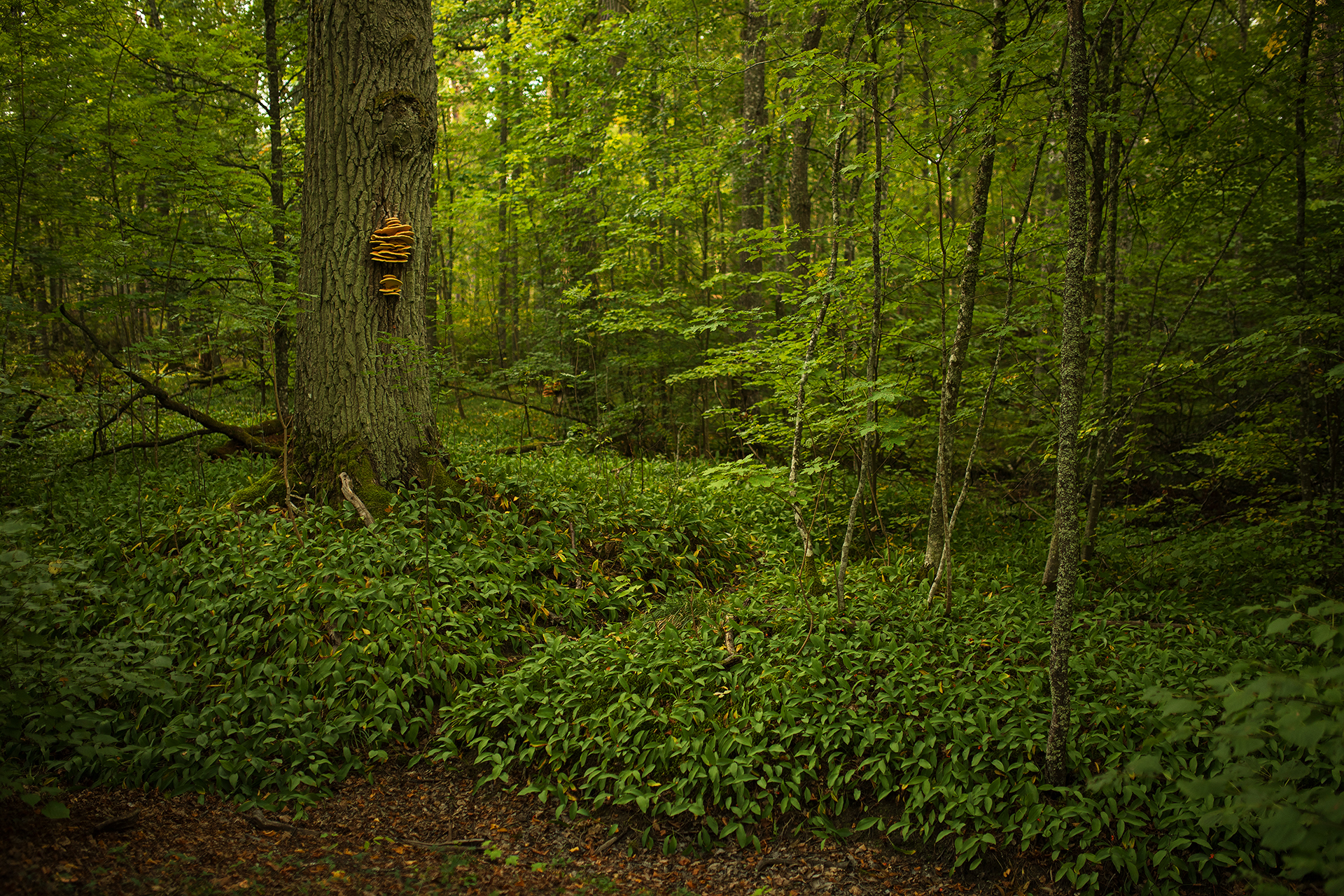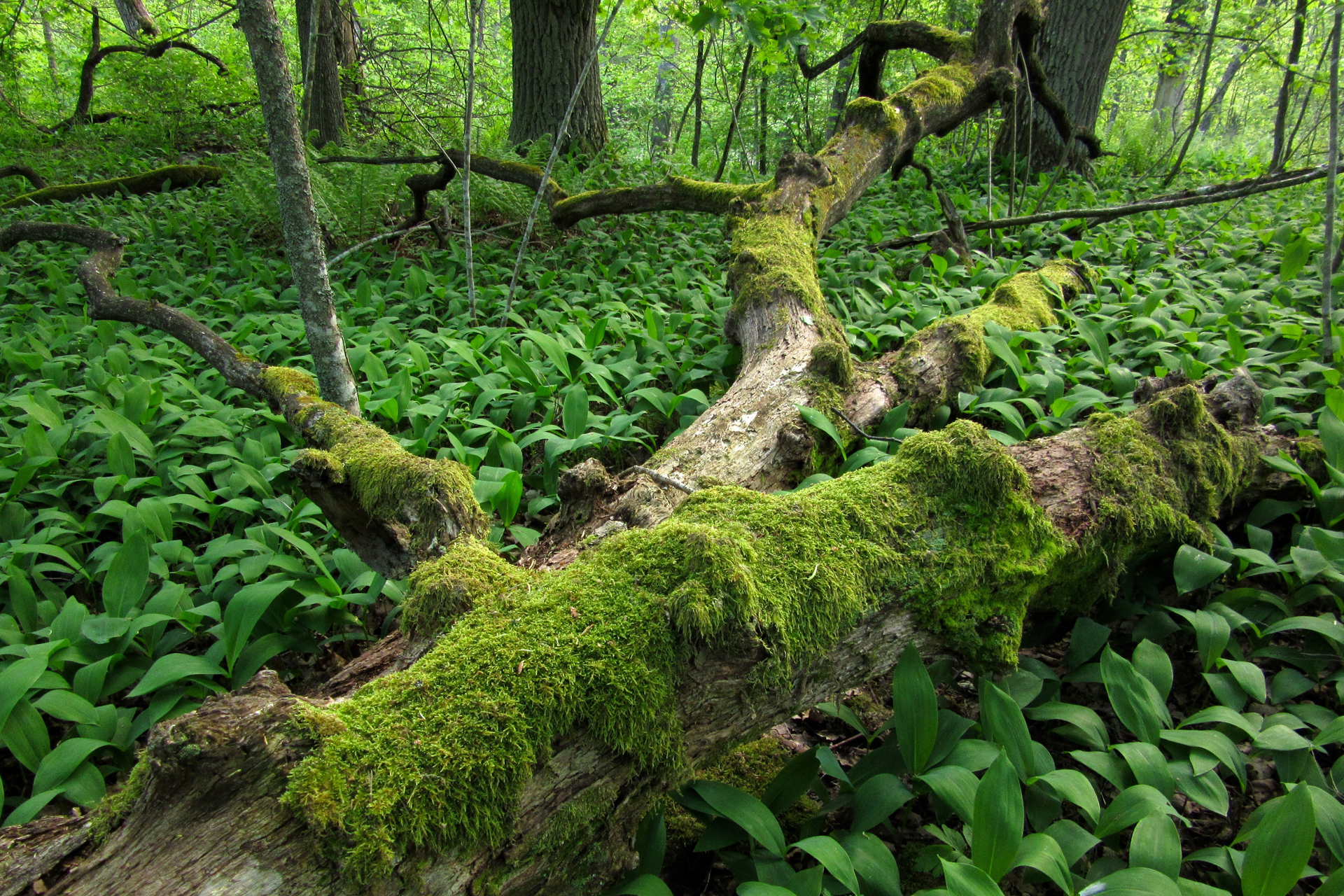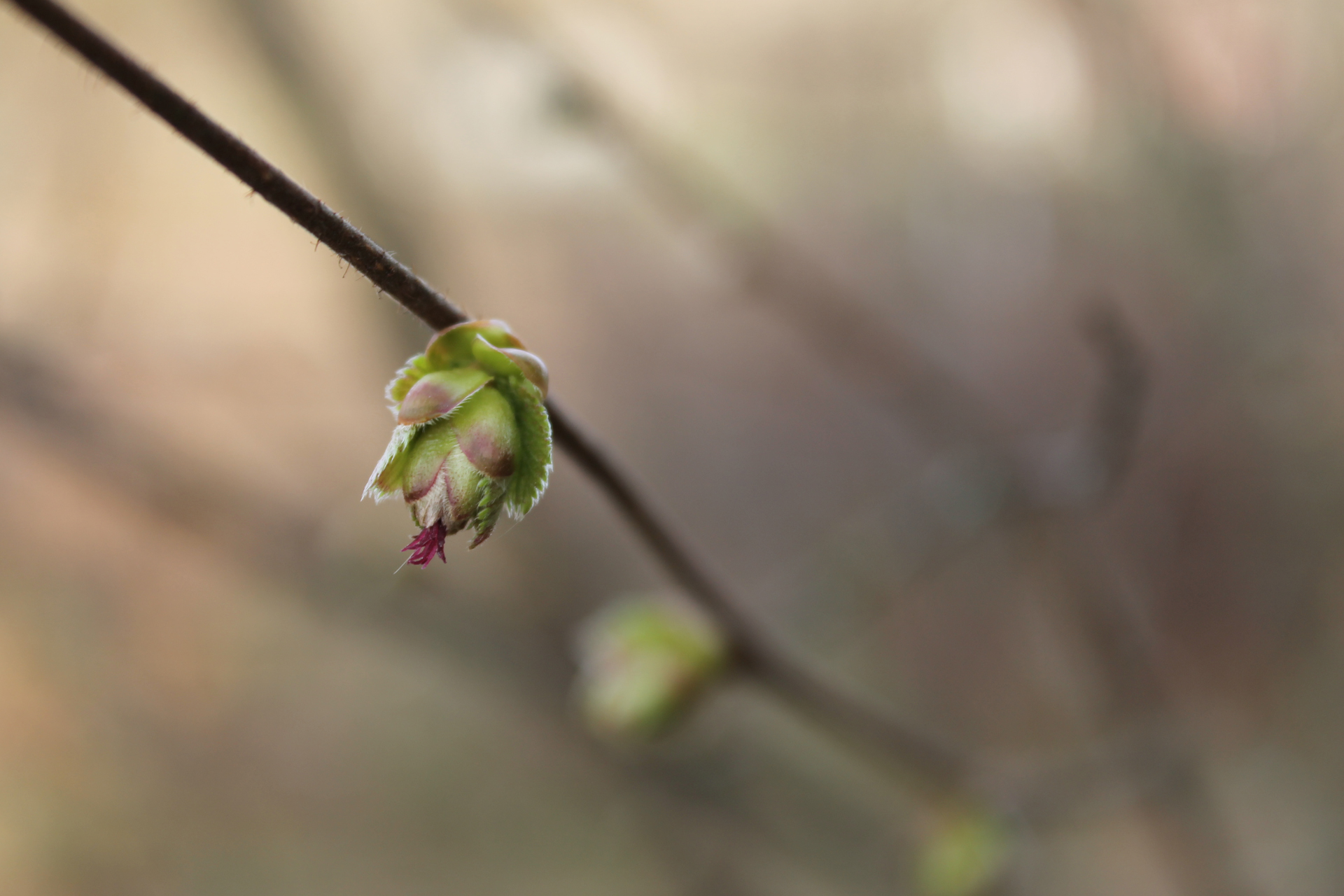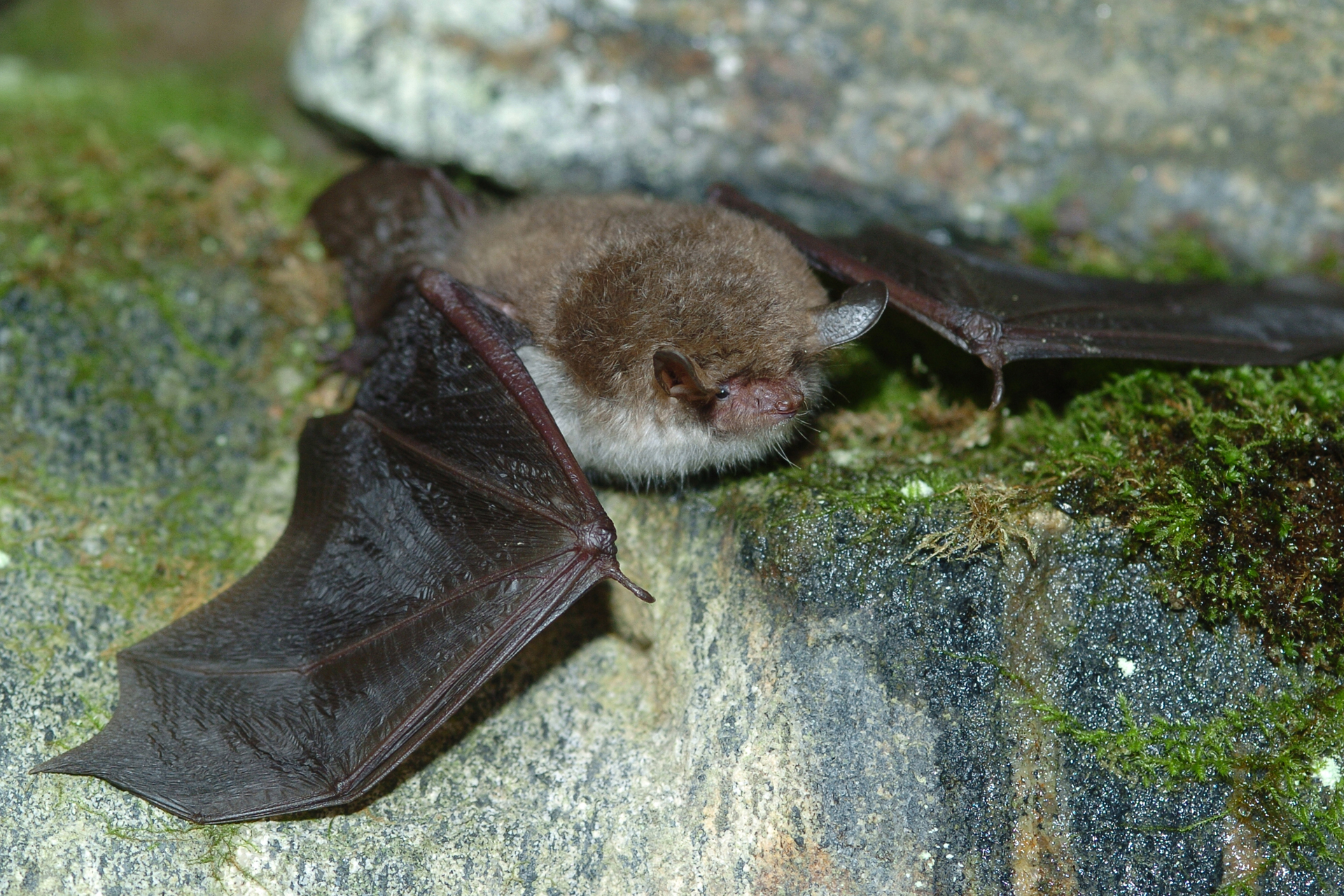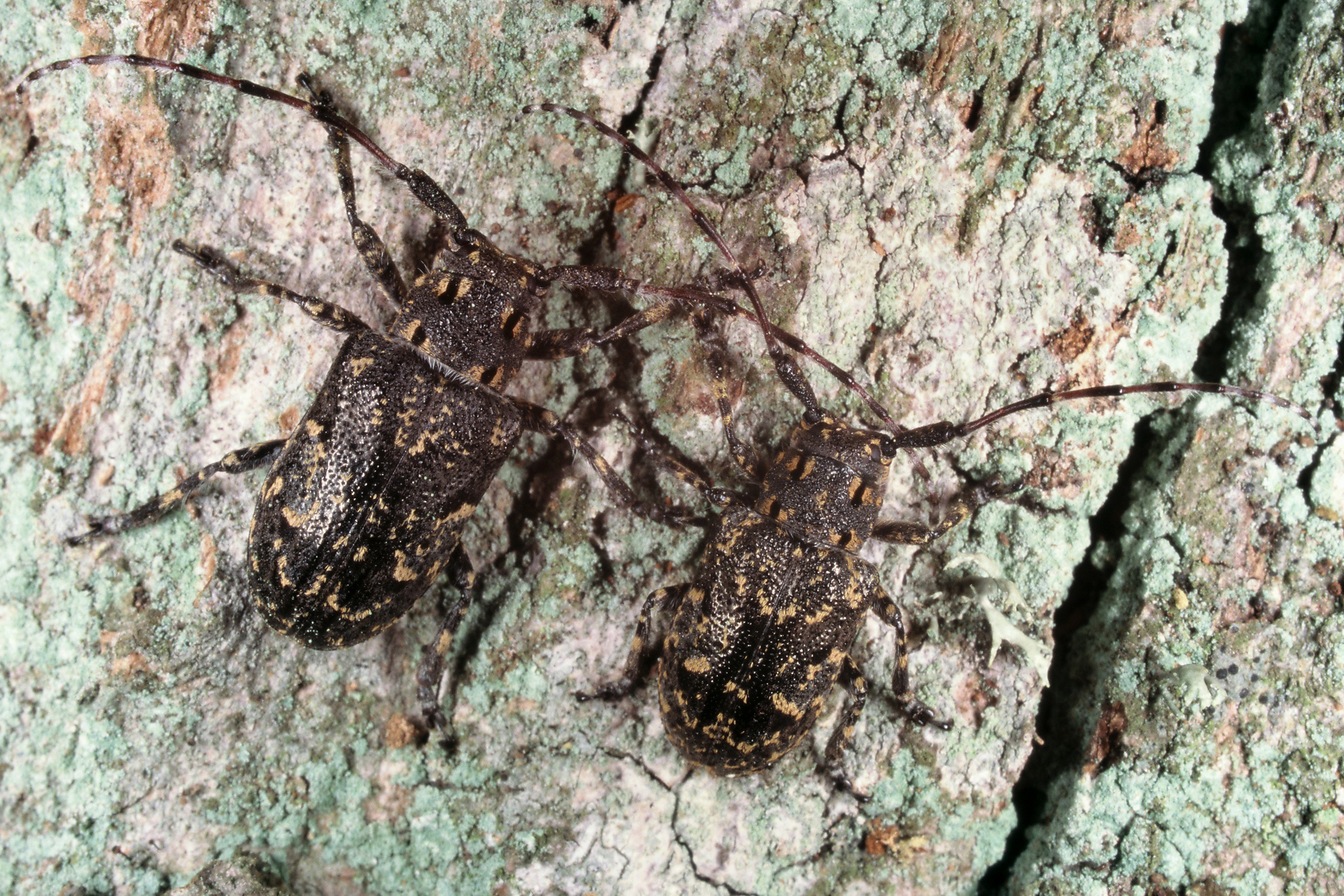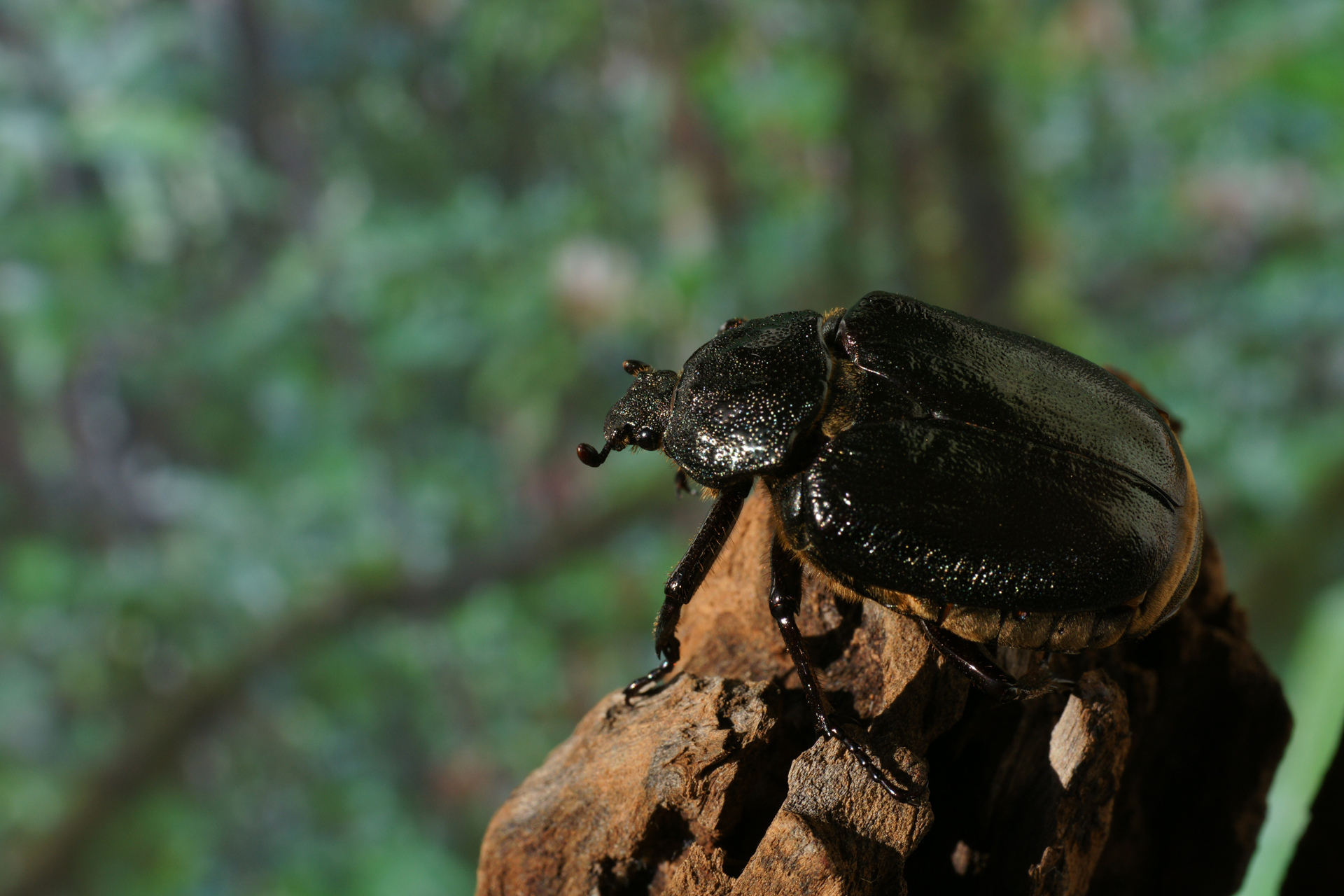Forest management on Ruissalo focuses on English oak and the protection of herb-rich forests
Ruissalo houses the most expansive and valuable English oak and herb-rich forests in Finland. Thanks to them, the island is also home to many endangered species dependent on oak trees, which are found in only a few places in Finland. The English oak is an ecological keystone species that provides food and shelter to countless other species during its centuries-long life; the number of insect species alone that depend on the oak is over 500. Even after dying, decomposing oak trees serve as important growth sites and sources of nutrition for rare lichens, mosses, fungi and invertebrates. Oak groves are also used as feeding and nesting sites by countless mammal and bird species. The protection of English oaks thus also protects biodiversity and all of these different species.
Efforts to protect the English oaks of Ruissalo date back to the 16th century – though originally the trees were protected as they provided valuable building material. Nowadays efforts to preserve the island’s natural values focus on the protection of herb-rich forests and favouring the English oaks that grow in them. Forest management on the island consists primarily of thinning trees that compete with the oaks. Unlike in the rest of Finland, where the largest threats to oak trees are shading by coniferous trees and acidification, on Ruissalo, the most common threat is the encroachment of Norway maples originating from plantings in the island’s forests. Another important aspect of forest management is the renewal of the oak population, for the purpose of making sure that there are oak trees of all ages growing on the island. Fallen trees are not cleared away, but, instead, left to decompose in place, which benefits the island’s lichen, moss, fungi and insect species.
